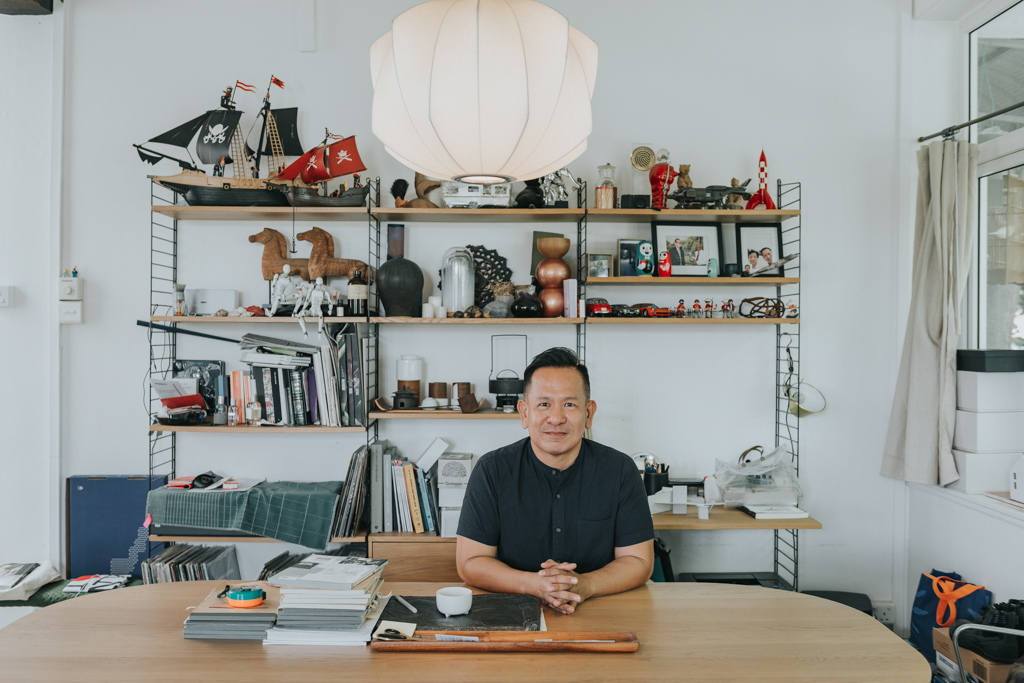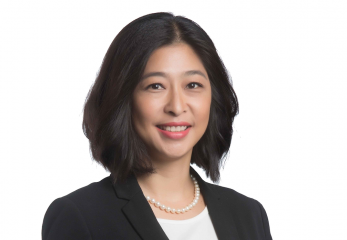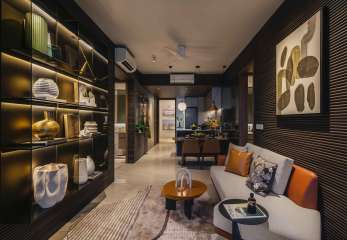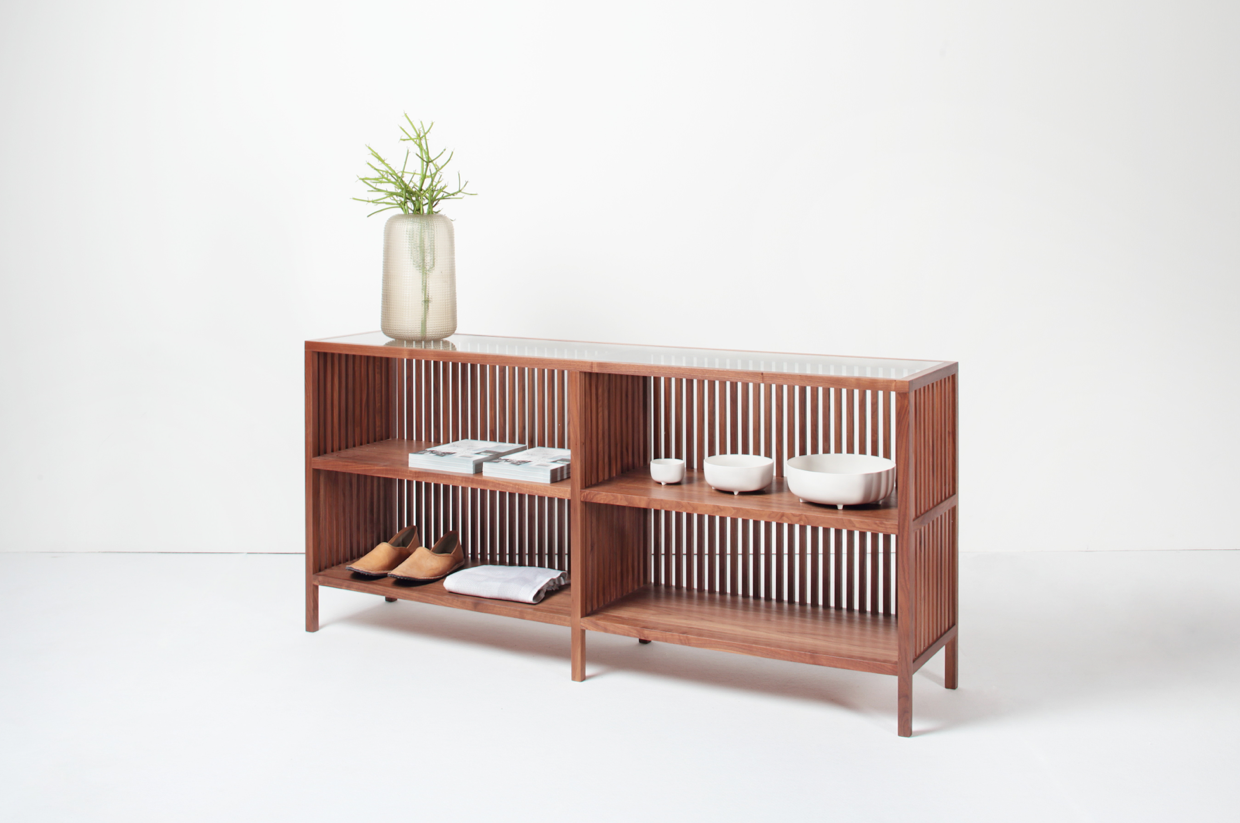When Nathan Yong returned to the academe as a full-time industrial design lecturer recently, industry insiders sat up and took notice. Nathan is among Singapore’s most accomplished designers, winner of prestigious design awards, and designer of well received pieces for major international brands. But what got many excited about the prospect of him imparting his knowledge – “earned through hard work in the old school tradition” – is his dedication to the craft and a clear-headed vision of how it should be taught. It helps that Nathan is very vocal about his ideas, and although it has made some people uncomfortable, no one can really questioned their validity.

“I was a part-time lecturer based in the studio guiding students through projects when I realized that things could be made better. I began talking with my course manager about the school curriculum. That’s when I decided that I wanted more involvement.”
Nathan’s business, comprising retail and design services, is stable. “It does not require me to be there all the time. I thought that I would be of help if I taught at a local school. But please don’t think that my motives are wholly altruistic,” he jokes. “If I’m able to help develop conscientious and adequately trained young students, the industry will have a supply of good designers, and I will have better people to hire for my business,” he says. “Do you know how difficult it is to find a capable intern? Just an intern?”
Nathan thinks that the design course curriculum has inadequate emphases on skills that will matter most in a design career. “When you have a school that is out of touch with the realities of the design industry, you will produce students who are not equipped to service that industry.” He thinks this trend is behind the rise of many young designers who are better at ‘dressing up’ a product than actually designing and making them. “You go to a final year exhibition, for example, and you read amazing process descriptions and product briefs, but when you look at the actual product they’re not even interesting.”
But Nathan is realistic about his position and the change he is seeking. “A massive change is called for; a superficial change in the curriculum will not be sufficient. But I don’t expect an overnight revolution. Change takes time. What is important is that people are listening; I just have to wait for action, for implementation.”

Nathan’s first objective is to weed out students who have no aptitude for or genuine interest in design. “It’s a total waste of time and resources for both the schools and students to keep them there.” Admission exams may not effectively weed them out, he says. Schools are in business and have commercial decisions to make. There’s also a strong belief that some things can be developed and nurtured in school, he adds.
Foundation subjects are Nathan’s focus. “There are just too many things that the students are being made to learn but may not be essential if they are going to pursue a career in design. For example, teaching subjects like choosing colors that are in trend. It’s much better for students to learn design theories—that would serve them well.”
In some schools, students are even asked to learn a second language, Nathan says in mock horror. “I’m not sure if it’s an elective or a required subject, but students are already very stretched that they’re losing focus.
“A few years ago, most schools have stopped requiring industrial design students to attend drawing classes. They have switched to computer drawings. They were all going ‘Oh, but the drawings are so photorealistic!’ as if that’s the whole point of a drawing class. When you pick up a pen and start drawing, you are learning to manipulate your ideas and refine them. It’s a problem-solving activity.”
Today, students begin with a product that they want to work on, an end product that simply render ‘photorealistically’ with a computer. The objective shifts, Nathan explains, from working with the design concept to arriving at product that looks like what they have in mind. “There is a lot of cutting-corners, and designers know the dangers of doing that.”
Nathan emphasizes the values of hand drawing. “As a student, I picked up a lot of important things while drawing, which is a thought process, an observation process. And we learn a lot of things by observing: We learn about colors, shapes, textures, proportion, human behavior.”
But it is not only the schools that have to rethink its methods. “Education begins at home. Interest in what we call ‘jia jiao’ – home education – must be revived. The values start there. The character is molded there. Let your child try out and fail. The only thing he could lose when he fails at a young age is his ego, and that is a good thing. At least he will become humble. If he tries again, he will learn about diligence, and commitment.”
That schools are interested in hiring other professionals to teach specific courses is a positive thing, says Nathan. “Outside the school, my course managers run their own businesses; they know what they’re talking about; they know what they are teaching. They bring real life to school.”
Nathan thinks there is inadequate emphasis on foundation courses that teach students important basic skills. He understand that the design industry has much more complex demands on young designers today, and that they are expected to be adept at other things besides just design. “But this move from being specialists to being generalists is misguided. We are educating future designers – the courses we offer them must have a strong design focus.”
If Nathan were put in charge of curriculum development, among the courses that he would revive are drawing, photography, workshop, and history of design. “There are vital things to be learned from these that will serve a designer well. Sometimes I feel wonder if we should just follow the Bauhaus curriculum,” he says with a laugh.

“Photography should be brought back because it teaches students about composition, storytelling – capturing something that tells a meaningful story. It also teaches students about colors and light, as well as technical dexterity.”
Another area that he would like students to focus on is hand sketching or illustration. “That will teach them how to observe, and how to articulate their observation. It is about recording ideas and things. If you can’t record what you have seen or have thought about you can’t keep it and transmit it.
That is why I ask my students to copy things with drawings, and then to assimilate what they have copied. That will help them develop their own style.”
Nathan also wants a stronger emphasis on workshop. “I know it’s a big expense for most schools, but isn’t a 3-D printer also expensive? It’s a matter of setting priorities. Some schools insist on having 3-D printing machines thinking that they can produce results that are similar to an actual product. What they don’t realize is that the process is equally important as the outcome.
“Let students work with ceramic and understand it’s texture, weight, delicateness. A 3-D printer can produce a likeness of a ceramic vase, but that’s not going to be the same as actually working with the material, when you are one with material. I’m certain that neuroscientists can explain what happens to the brain – the benefits of working with one’s own hands.”
History of design should also be taught – and conscientiously, Nathan says. “Some students claim that they’ve gone through it, but it’s a one-day lecture. The entire history of design in a one-day lecture? How is that possible?” If there is no history of design, Nathan points out, you have no appreciation how things come about. You have no idea of the context of specific design periods and styles. You have little appreciation of what’s good and bad.
“I used to balk at the idea of learning the history of design as a young student, but I know now that it is essential. When I hear students grumbling about having to go through the history of design, I don’t listen to them. Let’s get real; the bottom line here is that I’m getting paid to impart knowledge, to teach. I’m not getting paid to indulge students by listening to what they want. As a professional designer, and now a lecturer, I think I have a pretty good idea of what they need.”






-ADiN.jpg&w=347&h=240&crop-to-fit)












 Back
Back
